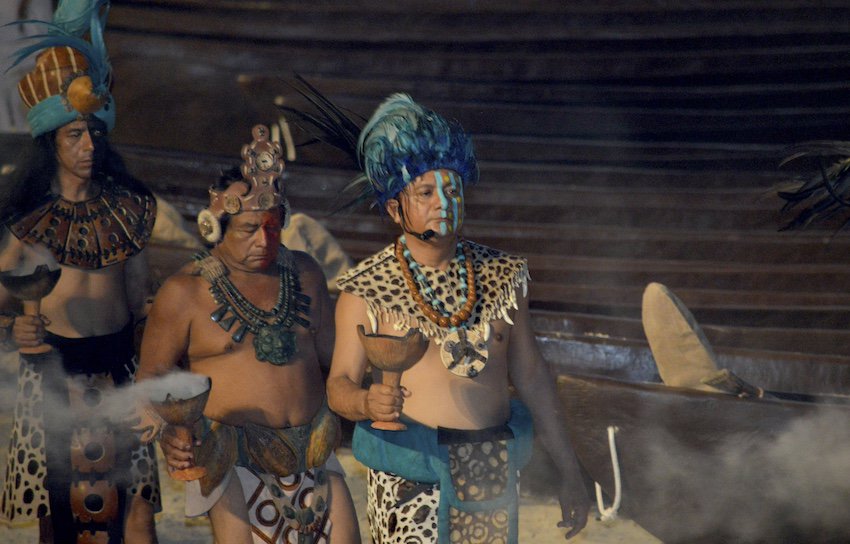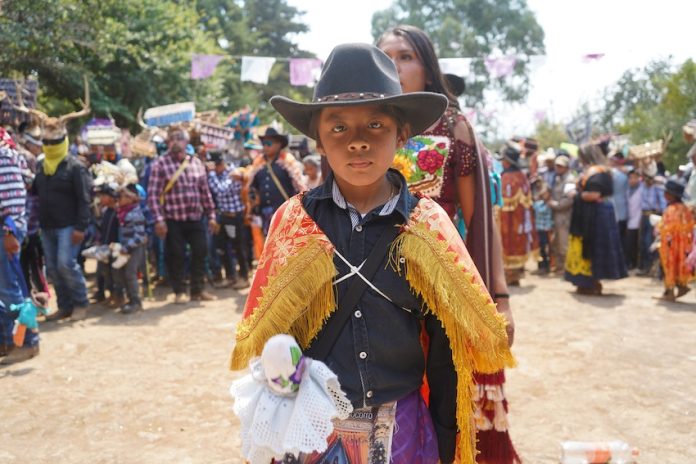Mexico observed International Mother Language Day on Wednesday with both happiness and sadness.
The happiness comes from the fact that there are 68 surviving Indigenous languages in Mexico, spoken by 7.5 million people, according to figures from the country’s National Institute of Statistics and Geography (INEGI). About 6% of Mexico’s population of 130 million can speak Nahuatl, Maya, Tzeltal, Tzotzil, Mixtec or another Indigenous language.

Yucatán. (Elizabeth Ruiz/Cuartoscuro)
The sadness, however, is that almost 300 Indigenous languages in Mexico have already disappeared, and others are becoming increasingly endangered. Approximately 25 languages die out every year globally.
For example, Cuitlateco, a language native to the state of Guerrero and its surroundings, died in the 1960s with the death of it’s final speaker, Juana Can. Now Ayapaneco, a language native to a village in Tabasco, and Ixcatec, spoken in a village in northern Oaxaca state, are each critically endangered, with precious few speakers of each language remaining.
In Mexico, there are 23.2 million people over age 3 who identify as Indigenous, but only 3% of them speak one of the 68 native languages, or one of their 364 variants, according to the newspaper El Economista.
International Mother Language Day, or Día de la Lengua Materna in Spanish, arose from an initiative in Bangladesh and was approved in 1999 by the United Nations Educational, Scientific and Cultural Organization (UNESCO). It has been observed globally on Feb. 21 since 2002.

Of Indigenous peoples who speak native languages in Mexico, 22.4% speak Nahuatl, 10.5% speak Maya, 8% speak Tzeltal, 7.5% speak Tzotzil, 7.2% speak Mixtec, 6.7% speak Zapotec: 4.1% speak Otomí, 3.5% speak Totonac and the remaining 30% speak one of the remaining Indigenous languages or variants.
Those speakers live mostly in rural regions, and half are in four particular southeastern states. In Oaxaca and Chiapas, three out of every 10 inhabitants speak an Indigenous language. In Yucatán and Guerrero, it’s two out of every 10.
Most speakers of an Indigenous language use it within their families and communities; and nine out of 10 also speak Spanish. In absolute terms, there are about 866,000 Mexicans who speak only their native language.
The survival of languages in Mexico is credited largely to women, with grandmothers, mothers and aunts the main transmitters of knowledge and culture to new generations.
Jesús Ramírez Cuevas, a spokesperson for the administration of President Andrés Manuel López Obrador, noted on social media that Mexico ranks 10th in the world in language diversity, the same as in 2019.
To observe the UNESCO day, Mexico’s National Institute of Indigenous Languages (INALI) organized a two-day conference titled “Linguistic Rights in the Field of Justice” in Mexico City. The importance of using professional-level translators and interpreters in legal situations was highlighted.
With reports from El Economista
